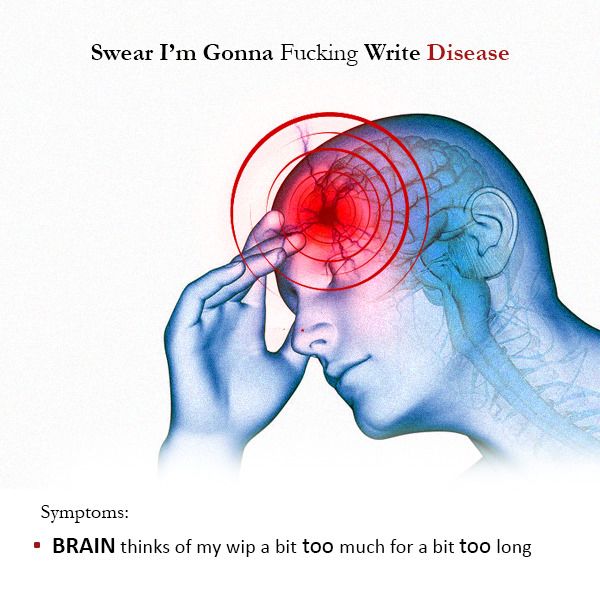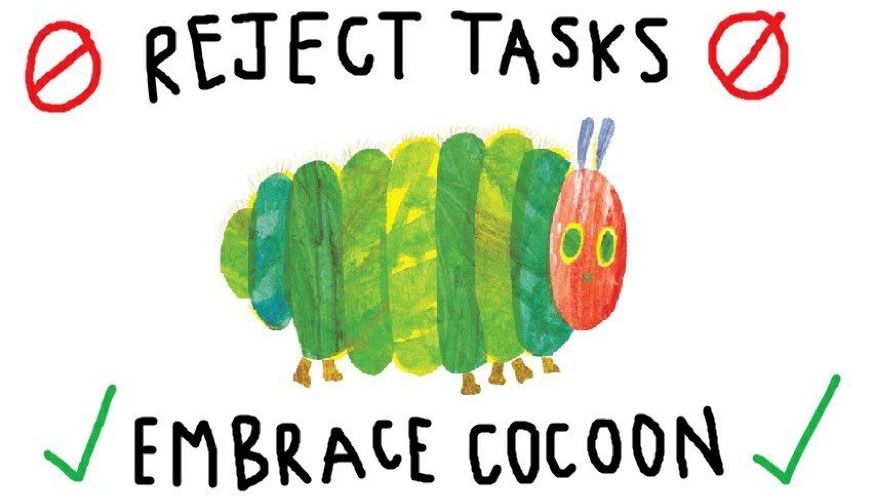Issue 55: Shelving my first novel
Last week, I did another mini #1000wordsofsummer and finished the first draft of a novel I’ve been working on since 2020! It’s a milestone in my writing life, but it’s a weird one because this novel is going straight into the drawer.
I started writing a romance novel early in the pandemic to take my mind off things and immerse myself in something positive. I wrote a good chunk of it in 2020-21, and then stopped shy of the end, thanks to my fear of finishing. With this last Mini 1000, I overcame that fear, only to be faced with another choice: continue or shelve it?
I feel bittersweet about shelving this book, but I know it’s the right choice. The subject matter has lost some of its timeliness and I’m not as interested in the characters. But the main reason is because I’ve fallen out of love (ironic!) with the idea. When I’ve heard authors offer advice on novel writing, one recurring theme is to commit to an idea that you can live with for many years—drafting, editing, submission, more editing, publication, and beyond. With that as a litmus test, the answer was obvious.
Plenty of authors’ debut novels are not the first novels they’ve ever written. Time spent on art is never wasted time. Every project teaches you something new. This novel has taught me so much about working on a longer, more ambitious project, as well as given me confidence in myself to get the work done. Here are some other lessons learned.
Just because it’s formulaic doesn’t mean it’s easy
I erroneously thought that because romance is a well-defined genre, writing a romance novel would be easy. I’m a big reader of romance and consumer of rom coms, but I quickly found that being versed in the structure and tropes doesn’t always translate to the page. I repeatedly ran into the gap between my taste and my ability.
I found it more difficult in some ways because I always had a sense of when things weren’t working, like when an emotional beat didn’t land or the romantic gesture wasn’t specific enough to the characters, but I didn’t know how to fix it. Working within a genre also means balancing its characteristics with your own original spin. It requires you to figure out creative ways to upend readers’ expectations.
Iterate on outlines
I started writing when I only had haphazardly written bullet points in my Notes app. It was just enough to capture the characters, their dynamics, and the conceit. Later, I read Save the Cat! Writes a Novel and did an outline that roughly followed that structure, more clearly defining things like the Midpoint or “Dark Night of the Soul.” (I found that a romance novel fits the plot points well, but I don’t think the same would necessarily be true of other types of novels.)
Even though plot points continued to change as I wrote, having the main signposts helped immensely in balancing my explorations/tangents with the tactical work of making progress. Just like stories or novels, outlines can have multiple drafts and varying degrees of fidelity. Each iteration will ask you to reflect on your writing differently.
How to get the writing done
I finished this draft in primarily two modes, what I call “intense drafting mode” and “sustained drafting mode.”
I’ve written about #1000wordsofsummer a lot in my newsletter because it really gave me the accountability I needed. In “intense drafting mode,” I wrote 6000 to 14,000 words in 1-2 weeks. My “sustained drafting mode” involved writing 200-400 words every day for a few months, usually enough for one 25 minute Pomodoro session.
With more intense, condensed spurts of writing, I didn’t have time to overthink or procrastinate. It kept me focused on producing a messy first draft. But it also meant that once #1000wordsofsummer was over, I wouldn’t touch the draft for many weeks or months. On the flip side, writing only a few hundred words each day meant it took longer for progress to accumulate, but I didn’t get burnt out in the same way. It kept me constantly immersed in the project, prioritizing consistency and seeing steady progress over time. There are pros and cons to each approach, but in hindsight I'm glad I did a combination of the two.
As Kiese Laymon writes, “It's okay to write 3000 words to find 15 that really glow. That is the work.” In my case I wrote 88,000 words, but that’s alright. I know that is the work.


Creative resources
- Catapult’s Don’t Write Alone vertical is running a series of articles for their Application Week, including how to apply for residencies, MFA programs, and grants and fellowships.
- “Why we need rituals, not routines” by Terry Nguyen
- Applications are open for the Asian American Writers’ Workshop Margins and Open City fellowships through September 15.
- “We're not good enough to not practice.” — Kiese Laymon
- Carmen Maria Machado’s excellent distinction between writing and the business of writing: “At some point, you have to ask where the question of survival ends and the question of ego begins. Are you making decisions to satisfy your craft? Or the part of you that wants to feel good about yourself?”
Recent reads & other media
For our romance book club, my friend and I are reading Tessa Bailey’s spicy romance/murder mystery My Killer Vacation.
E and I watched The Rehearsal, Nathan Fielder’s new show where individuals can “rehearse” difficult conversations or scenarios. With the help of HBO’s budget, elaborate sets are created, actors are hired and trained, and Fielder uses flowchart software to prepare for all possible outcomes. It’s totally unlike anything I’ve seen on TV—part therapy, reality show, comedy, documentary, and more.
Bodies Bodies Bodies was entertaining (more Lee Pace in himbo roles please) and I really loved the film Can You Ever Forgive Me?. Based on Lee Israel’s memoir about forging letters from deceased authors, it has really interesting things to say about art, commerce, and the ability to open oneself up to criticism.
Note: Book links are connected to my Bookshop affiliate page. If you purchase a book from there, you'll be supporting my work and local independent bookstores!
~ meme myself and i ~
Leaving an afternoon movie. This snake is having a Mulan moment. An anti-ad for this automatic hair braider. Watching movies with friends and seeing if they get the foreshadowing. “Everything that’s happened so far today, I’ve rehearsed it dozens of times.” POV: jerk assigned to give you your 2013 YA dystopian world orientation.

